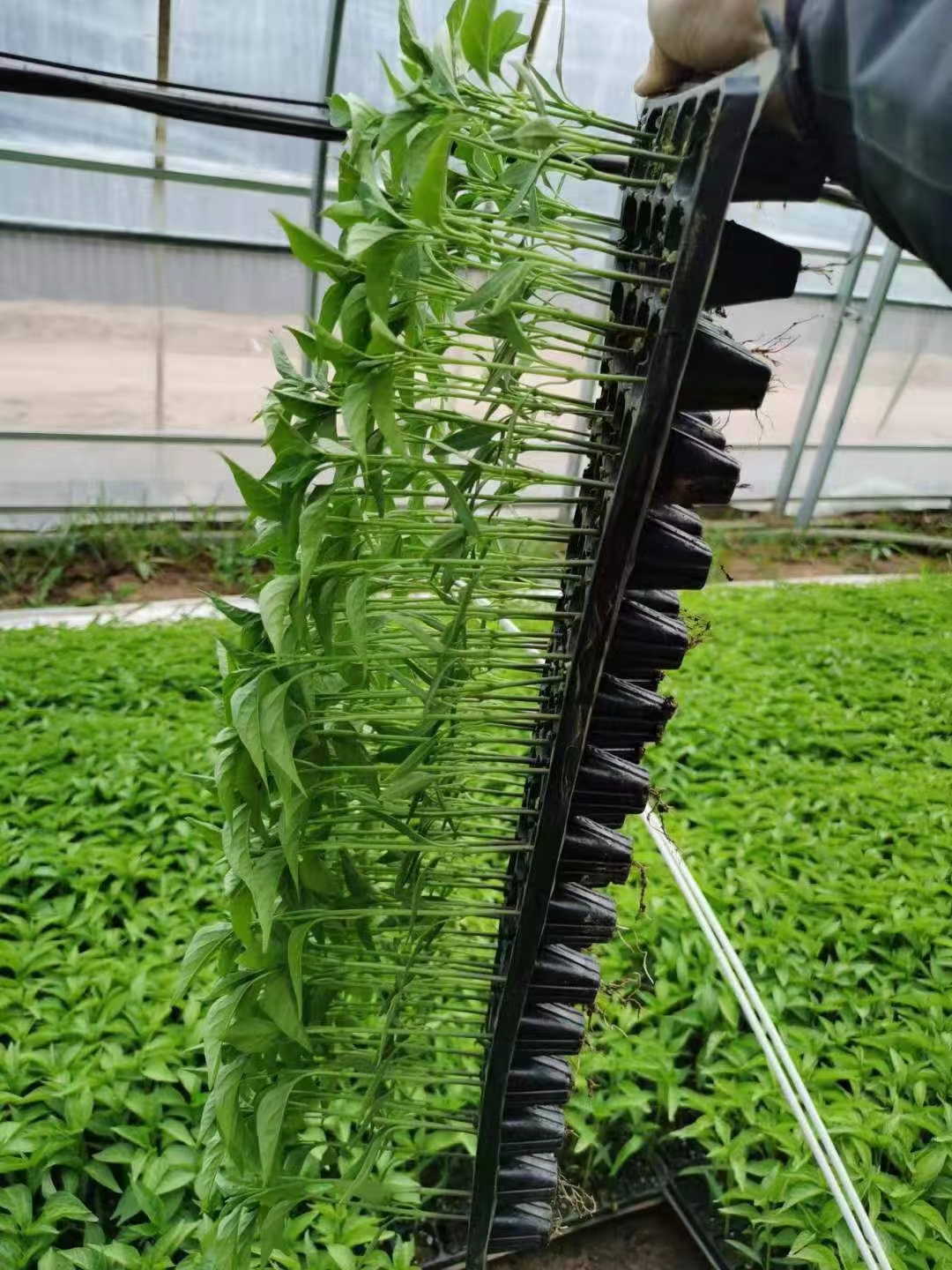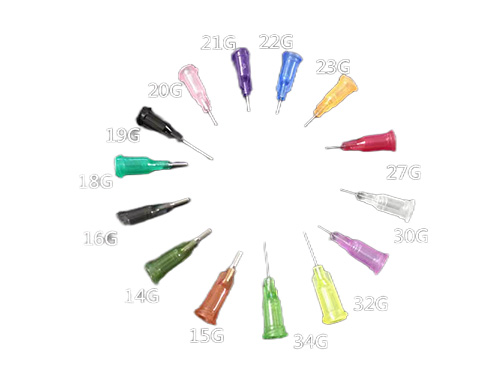Study on the Impact of Different Seedling Tray Hole Sizes on Plant Growth
2024-10-19 16:27:21
I. Introduction
In modern agriculture and home gardening, seedling trays are widely used to improve seed germination rates and promote healthy plant growth. The size of the holes is an important factor affecting the effectiveness of seedling trays, as it directly influences root development, substrate aeration, and water retention capacity. This article will explore how seedling trays with different hole sizes affect plant growth performance and provide guidance on selecting seedling trays.

II. Importance of Seedling Tray Hole Sizes
1. Root Space: The hole size determines the growth space for the seedling's roots, influencing root development and health.
2. Substrate Aeration: Larger holes enhance the ventilation of the substrate, helping to prevent root rot.
3. Water Management: The size of the holes also affects water retention; too small a hole may lead to water accumulation, while too large a hole may cause water loss.
By reasonably selecting the hole size of seedling trays, an appropriate growing environment can be provided for different types of plants, reducing growth obstacles.
III. Application Research on Seedling Trays with Different Hole Sizes
1. Small Hole Seedling Trays (20-30 mm)
Suitable Plants: Strawberries, herbs, mint, and other small plants or those with short seedling periods.
Advantages: Provides a compact growing space, helping to save substrate and planting area.
Challenges: Roots can become densely packed, requiring timely transplantation to prevent root congestion.
2. Medium Hole Seedling Trays (30-50 mm)
Suitable Plants: Vegetables such as tomatoes, peppers, and cucumbers.
Advantages: Provides sufficient space for root growth, promoting healthy development.
Management Recommendations: Water must be managed carefully to avoid overly wet substrate, which can lead to root rot.
3. Large Hole Seedling Trays (Over 50 mm)
Suitable Plants: Tree seedlings, flowers, and plants with longer growth cycles.
Advantages: Supports longer growth periods in the seedling tray, reducing the frequency of transplantation.
Challenges: Takes up more space, requiring regular monitoring of moisture levels.
IV. Actual Effects of Hole Size Selection on Plant Growth
1. Impact on Root Growth
Small holes limit root expansion, potentially causing roots to curl or become restricted.
Large holes provide more space for root growth but may lead to rapid substrate drying, requiring increased watering frequency.
2. Differences in Germination and Seedling Rates
For small seeds (such as herbs), small holes help concentrate nutrients, improving germination rates.
For large seeds (such as melons), medium to large holes ensure that seeds have sufficient space to grow after germination.
3. Transplant Survival Rate
Using the appropriate hole size can reduce root damage during transplantation, improving survival rates. For example, using large hole seedling trays for tree seedlings and large flowers can minimize root pulling, making it easier for them to adapt to new environments after transplantation.
V. How to Choose the Right Seedling Tray Hole Size
1. Choose Based on Plant Type:
Small plants or short-cycle crops: Choose small hole seedling trays.
Medium-growth cycle vegetables: Choose medium hole seedling trays.
Large plants or tree seedlings: Choose large hole seedling trays.
2. Choose Based on Environmental Conditions:
If the planting environment is dry, it is recommended to choose larger holes to enhance aeration, but water management should be strengthened.
In humid environments, choose smaller holes to avoid excessive evaporation and water loss.
3. Combined Use:
For plants at different growth stages, various hole sizes of seedling trays can be used in combination. For example, using small hole trays for initial seedling growth and switching to larger hole trays before transplantation to promote root expansion.
VI. Market Trends and Innovative Products
1. Multi-Specification Seedling Tray Sets: The market offers set seedling trays that include combinations of different hole sizes to meet diverse user needs.
2. Self-Watering Seedling Trays: Some large hole seedling trays incorporate water storage functions to help keep roots moist.
3. Eco-Friendly Biodegradable Seedling Trays: Customizable according to different hole size needs, they allow seedlings to be transplanted without removal, reducing root damage.
VII. Conclusion
Seedling trays with different hole sizes have a significant impact on plant growth. By reasonably selecting the appropriate hole size, seed germination rates can be improved, root health can be promoted, and losses during transplantation can be minimized. For home gardening enthusiasts and professional growers, understanding the relationship between seedling tray hole sizes and plant growth can effectively enhance planting efficiency.

It adopts electrical integration and can be started by pressing the fully automatic button ...

The XP750 seeder has stable performance, excellent product quality, simple and convenient o...

It adopts electrical integration and can be started by pressing the fully automatic button ...

Needle list Seed nozzle model Different models Sowing types are different...



